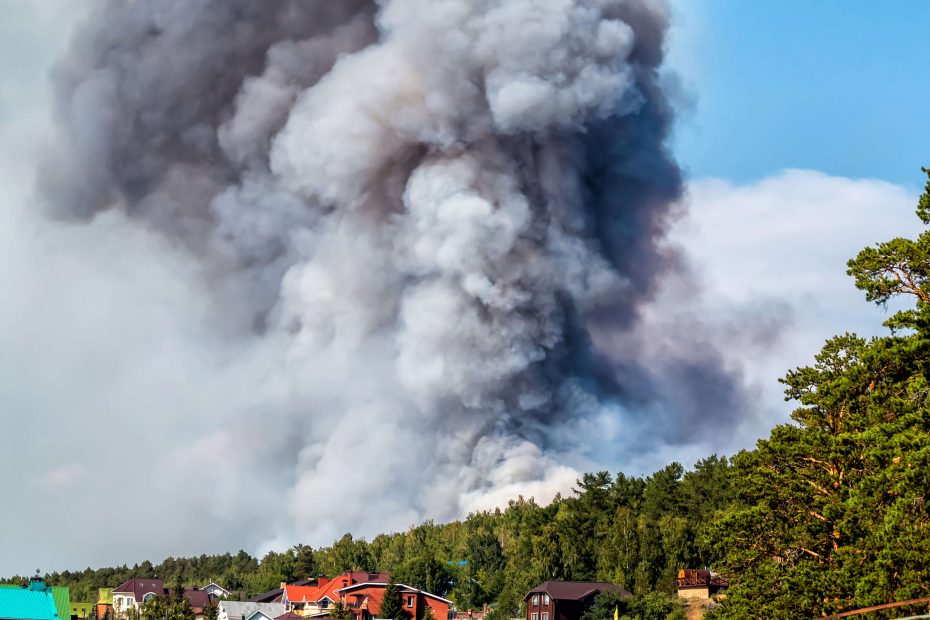As the news continued to be consumed by the devastating wildfires that raged in Hawaii, another recent study makes this ecological catastrophe even grimmer. In a 2020 report, air pollution was identified as a risk factor for dementia, and a new study shows some air pollution may be more detrimental than others. A recent study published in JAMA Internal Medicine shows wildfires and other forms of fine particulate matter (PM2.5) air pollution may be responsible for a fraction of the more than 7 million cases of dementia currently in the United States. This national cohort study was implemented by the University of Michigan, and analyzed 27,857 individuals age 50 or older between 1998 and 2016. Within this time frame, 4,105 (15%) of the participants were noted to develop dementia. Among those who developed dementia, a correlation between air pollution and dementia was observed. It was concluded from these analyses that about 188,000 of the new cases of dementia each year in the United States are attributable to total PM2.5 exposure.
The Environmental Protection Agency defines PM2.5 as “fine inhalable particles, with diameters that are generally 2.5 micrometers or smaller.” Wildfires and agriculture alike release PM2.5 air pollution, which is hypothesized to have the ability to cause neuro- and systemic inflammation leading to cognitive function decline in humans. The PM2.5 released by wildfires and agriculture had the highest correlation with incidental dementia. While wildfires can consume a variety of different types of matter, and therefore release a variety of chemicals, agriculture is predicted to be slightly different. The correlation may be due to the pesticides used in agriculture, which have been shown to cause neurotoxic effects in animals. However, while the study demonstrates a correlation, the causation has not been defined.
Less significant road and non-road traffic, as well as coal-produced power in industry, were also associated with incidental dementia. Over $3.7 billion is spent annually on dementia research, with no true cure being elicited thus far. Even more concerning, the Population Reference Bureau predicted the number of people suffering from dementia will increase to more than 9 million by 2030. Therefore, risk factor modification is of key importance in reducing one’s risk of developing dementia. However, for many individuals, the area they live in and the air pollution they are exposed to may not be a factor they can control. However, it is a factor we, as a society, can work to control and positively adjust.
“As we experience the effects of air pollution from wildfires and other emissions locally and internationally, these findings contribute to the strong evidence needed to best inform health and policy decisions,” Richard J. Hodes, M.D., director of the National Institute on Aging, stated in a recent article. Unlike other modifiable risk factors, such as hypertension, hyperlipidemia, BMI and type 2 diabetes, air pollution can be adjusted on a population-based scale. The authors of this study hypothesized that reducing pollution exposure could help this public health crisis and prevent even more Americans from suffering from this disease. While this linkage may seem grim from a risk factor modification standpoint, this study offers hope for the future.
Related Content
- Reflections on Aging and Geriatrics
- Building the Bridge from Medicine 2.0 to Medicine 3.0
- Small Residential Gardens Can Curb Consequences of Baltimore’s Urban Landscape
Want to read more from the Johns Hopkins School of Medicine? Subscribe to the Biomedical Odyssey blog and receive new posts directly in your inbox.
